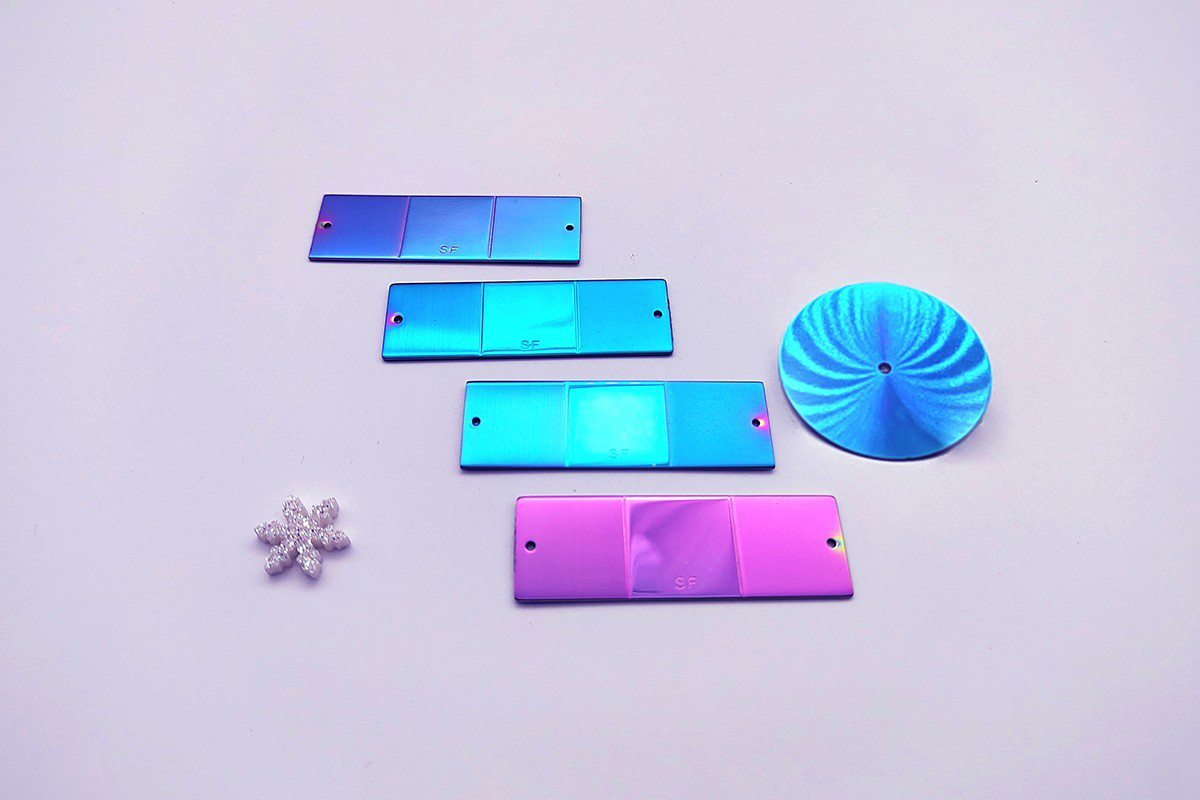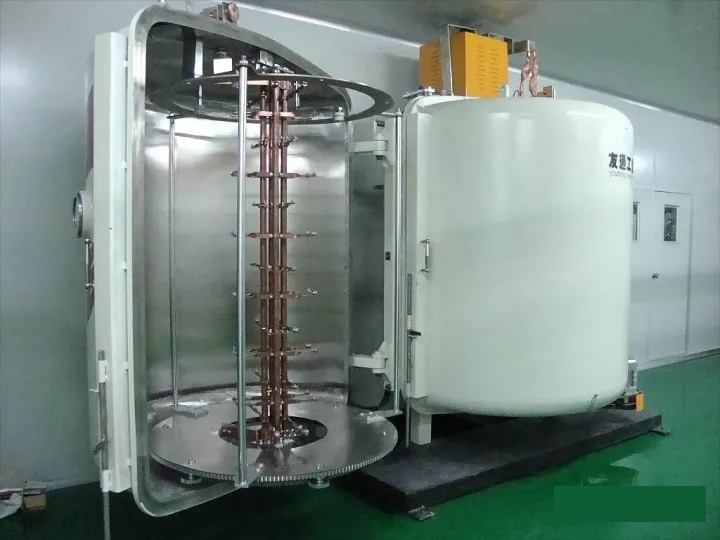The watch will have many colors, so how are the colors made on it? Is it painted on? Let’s take a look.
The color of the watch case is generally electroplated, divided into electroplating(PVD)and water plating, electroplating(PVD) is a better quality and can be maintained for a long time, water plating is of poor quality, and can not last.
Let’s see more of the watch’s coloring.
What’s the Color Plating of the Watches industry?
For the uninitiated, you won’t know what PVD is and what IP is.IP Plating is the mostly used plating method on a watch
IP Plating is short for Ion Plating, it is one of the categories of physical vapor deposition (PVD),
PVD plating has 3 kinds of plating: Iron plating(IP), vacuum vapor deposition, sputtering plating.
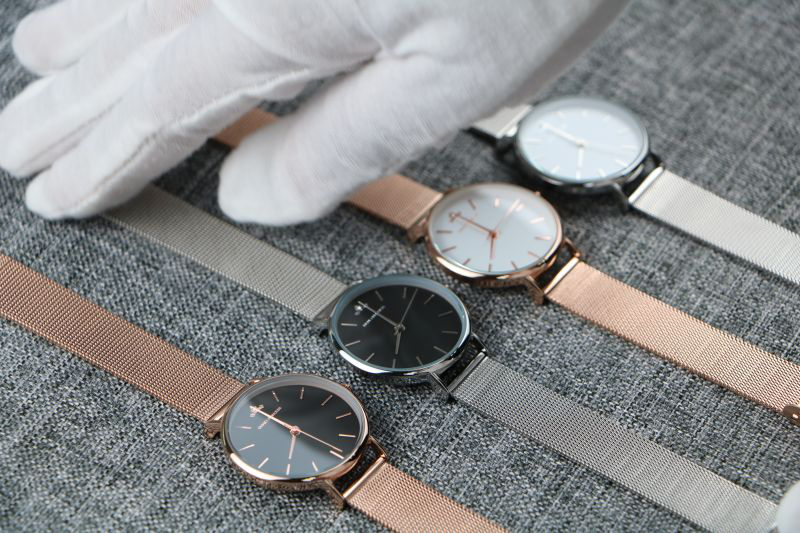
How many plating methods are there in the Watches Industry?
Why do some people wear watches that do not lose color for several years, while others start to lose color after a few months?
There are only 2 methods in the watches industry, which are water plating, and vacuum plating(PVD)
Water plating is normally used in cheap watches, and vacuum plating(PVD), especially ip plating is being used in middle high-quality watches brands.
What’s Water Plating?
Water plating also is aqueous plating, it is the traditional and normal electronic plating method.
Water-plated watches are generally not wear-resistant and are prone to fading and oxidation
Water plated watches, you generally can not see, only with a long time to know whether it is bad plating。

Water Plating Working Principle:
Make the plating metal cations chemicals into an aqueous solution, use of the electrolytic principle in a solution containing plating metal cations for stainless steel products plated with a thin layer;
because the plating in solution, so also called water plating.
According to the different requirements of customers, use special “water plating” solution can be used, and the plated parts can be finished in a short time (e.g. silver plating, only 30 seconds) by placing them in the water plating solution in the room temperature (15-40℃) and making slight shaking.
Common plating materials used: copper, nickel, chromium, zinc, etc.
Features with water plating:
- No need heat source, plating work is performed at a room temperature of 15-40°C
- The principle is not to cover, but to make the combination of plating and the plating material to form an alloy, and its combination strength is greatly increased
- The appearance and wear resistance of water plating is better
What’s Vacuum Plating (PVD)
Vacuum plating, also called PVD(Physical Vapor Deposition)
Factory Professional Terms: We normally use PVD or Vacuum plating as a communication language.
Vacuum plating(PVD) mainly includes Vacuum Iron plating(IP), vacuum vapor deposition, sputtering plating, and other coating methods.
(I will not mention other coatings here)
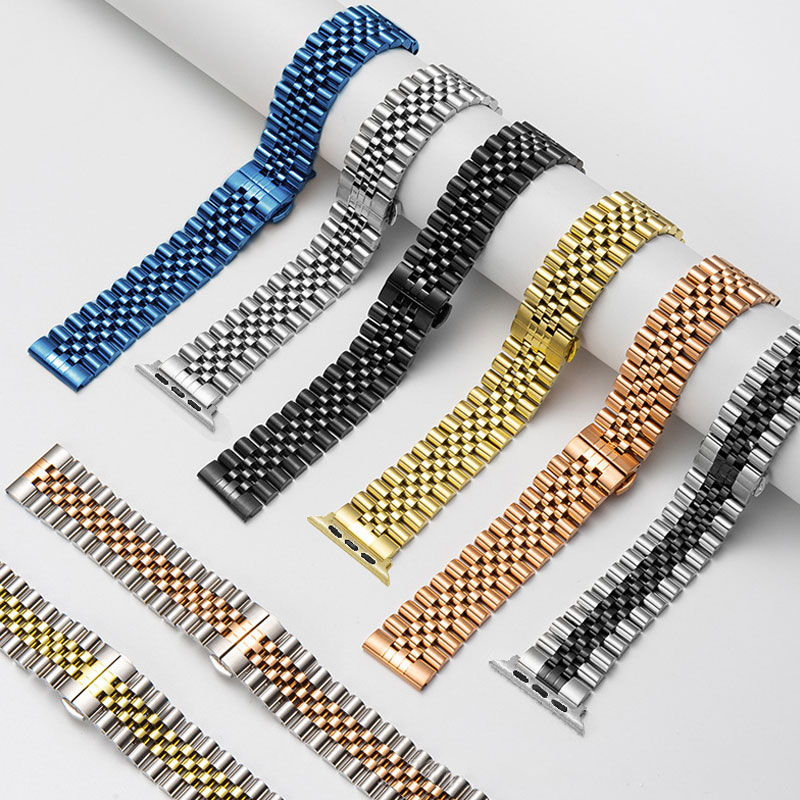
Vacuum ion plating is placing the product in a vacuum container, also Ip Plating
Using low voltage, high current arc discharge technology, using gas discharge to evaporate the target material and ionize the evaporated material, and under the action of the electric field, the evaporated material or its reaction products are deposited on the workpiece.
also known as PVD coating.
Vacuum vapor deposition is a method of heating metals under high vacuum conditions, causing them to melt, evaporate, and form a metal film on the plastic surface after cooling. The common materials are low melting point metals such as aluminum.
Vacuum sputtering plating is the deposition of various metal and non-metal films on the surface of the object by sputtering under vacuum conditions, which results in a very thin surface coating with outstanding advantages of good adhesion and long-lasting color retention. Still, it is also more expensive, can be operated with fewer types of metals, and is generally used as a functional coating for higher-grade products.
Among these three, Vacuum Iron coating has the widest range, Vacuum vapor deposition, and Vacuum sputtering plating has the smallest range, so is vacuum ion coating magnetron sputtering are the same meaning with vacuum ion coating?
–No, the two are not equal. Vacuum ion coating is combining vacuum evaporation and vacuum sputtering.
Application of vacuum plating(PVD)
Vacuum plating has a wide range of applications, and is more expensive than water plating due to its complex process, and high environmental and equipment requirements.
So on the next subjects, we only talk the PVD plating.
What’s the Difference between PVD, IP, and Water Plating?
IP plating —- Vacuum Ion Plating
PVD plating —- Physical Vapor Deposition
Remember, IP is one of the PVD Plating, when we say with plating supplier, we say PVD or ip plating, they will know it’s IP plating.
And What’s the Difference between PVD & Water Plating?
Comparison of Water Plating & PVD:
- PVD is done in a high vacuum furnace, while aqueous plating is done in an aqueous solution.
- The process of vacuum plating is complex and requires high environmental and equipment requirements, while the process of water plating is relatively simple.
- The plating thickness of water plating can be thicker, while the thickness of vacuum plating is not as high as water plating
- The color of vacuum plating is richer and brighter than that of water plating, and it is easier to adjust the color of vacuum plating than water plating.
- The color of vacuum plating is long-lasting and not easy to corrode and oxidize, while the hardness of water plating is slightly better, but it is easy to yellow, not corrosion-resistant and not wear-resistant.
- The color of vacuum plating will only change color and will not fall off, while the color of water plating will fall off
- The Water plating is a traditional process, and the general plating material is hexavalent chromium, which is environmentally friendly and polluting, while vacuum plating is low cost, non-polluting and highly efficient
- Vacuum plating is cheaper than water plating
- Vacuum ion plating layer has dense organization and no pinhole. No bubbles and uniform thickness. Parts such as threads can also be coated. Since the process method can also repair small cracks and pockmarks on the workpiece surface, it can effectively improve the surface quality and physical and mechanical properties.
Cons and Pros of Water Plating
Contras:
Blackwater plating stainless steel color is more vivid, if you choose 304 stainless steel water plating black titanium, the color is somewhat blue. The advantage is that the price is cheap.
Prós:
The disadvantage is that the color is monotonous, pollution to the environment, color is not pure and stable enough; in the end, the color of the plating will come off in large pieces.
Cons and Pros Of PVD Plating
Contras:
The products made by vacuum plating have a strong sense of metal and high brightness. Compared with other coating methods, the cost is low and the pollution to the environment is small, so it is now widely used in various industries.
PVD film resistance: corrosion resistance, acid resistance and chemical stability, in the conventional environment, whether indoor or outdoor, PVD has the performance of anti-oxidation, do not fade, do not lose luster and do not leave traces.

Under normal use, The color will not break, does not fade and dirt clear easy to clean. In strong sunlight, salty wetlands and urban environments, are not discolored, do not oxidize, do not fall off and burst, the film layer color varies, the surface is fine and smooth, rich metal luster, never fade. High degree of wear resistance, scratch resistance, not easy to scratch;
After being processed by PVD coating, the product surface can have high hardness plating, and the bonding force between the plating and the surface of stainless steel is greater, and it is not peeling;
the abrasion and corrosion resistance is higher, and it is also stable and resistant to high-temperature oxidation; the plating process does not produce toxic or polluting substances like water plating.
Prós:
The disadvantage is that it is expensive
Watch Plating Process
The process of water plating is:
- Degreasing (degreasing),
- Roughening,
- Neutralization and reduction or immersion,
- Activation,
- Ungluing,
- Chemical plating,
- Electroplating nickel, and electroplating chromium.
The adhesion of water plating is better than vacuum plating(PVD).
The color of water plating is monotonous, usually only a few kinds of bright silver and sub-silver, and it can’t do the colorful seven colors such as flash silver, magic blue, crack, teardrop silver, etc. But vacuum plating can do 7-color colors.
Process of PVD
The PVD Process is:
- Incoming material inspection
- Cleaning and hanging the material
- Cleaning
- Put products into the baking rack
- Put product into the oven
- Vacuum coating
- Take out of the oven
- Take off the shelf
- Full inspection
- Shipping
Special Notes of production:
- The production time needs at least 24 hours. It also depends on the production schedule of the factory.
- The cleaning process is essential, and the processing time in the oven cannot be less.
- Before plating, the clearing process is to use the lye to remove oil and degrease
- To use which lye, It depends on the oil on the surface of the plated parts ,sometimes you need to use strong Lye to clean
More question:
Q: Are Vacuum Plating and Coating the same?
No, they are not the same, Coating color plating will thicker than Vacuum plating, and coating is only used in the watch dial or strap buckle, also color coating is used for some special colors which PVD can not reach out to, so you use spray oil. Oil coating is less used in watch cases.
Q: How’s the Watch Color’s Plating Thickness?
The plating thickness of water plating is generally 30um,
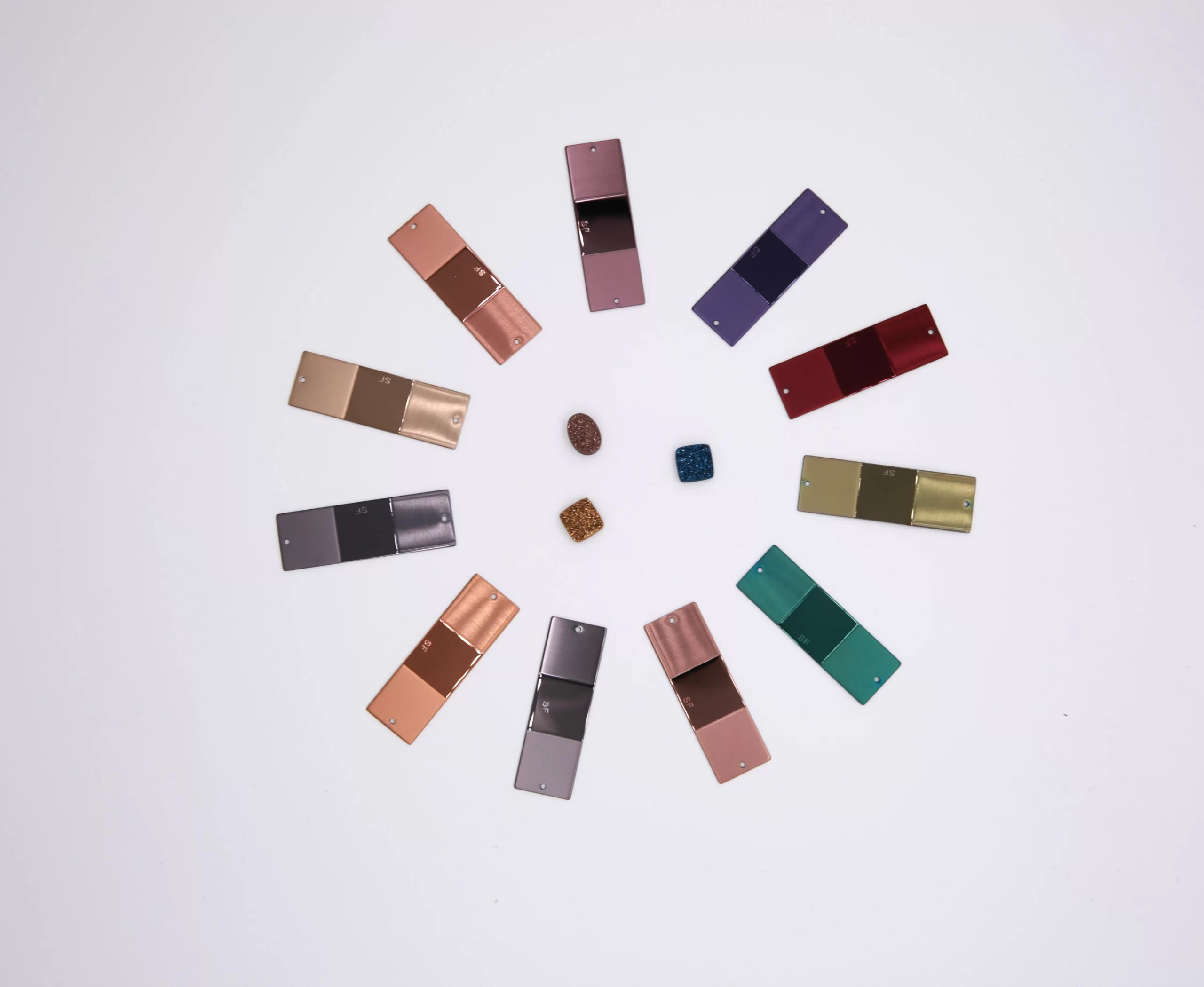
Vacuum coating layer thickness is generally 0.1um – 5um, it can also be made according to the factory customer’s requirements.
the vacuum plating layer can keep a long time, and it has excellent wear feeling and corrosion resistance, ideal for jewelry, watches, and accessories
Q: Watch Plating Color?
The color can be light gold, gold, rose gold, coffee, gray, black, brown, gunmetal, etc.
Know more from below article
Basic Knowledge About Wrist Watch Case and Case Back
Q: Ion Plating Watches( PVD watches) Durability、is the PVD color will fall?
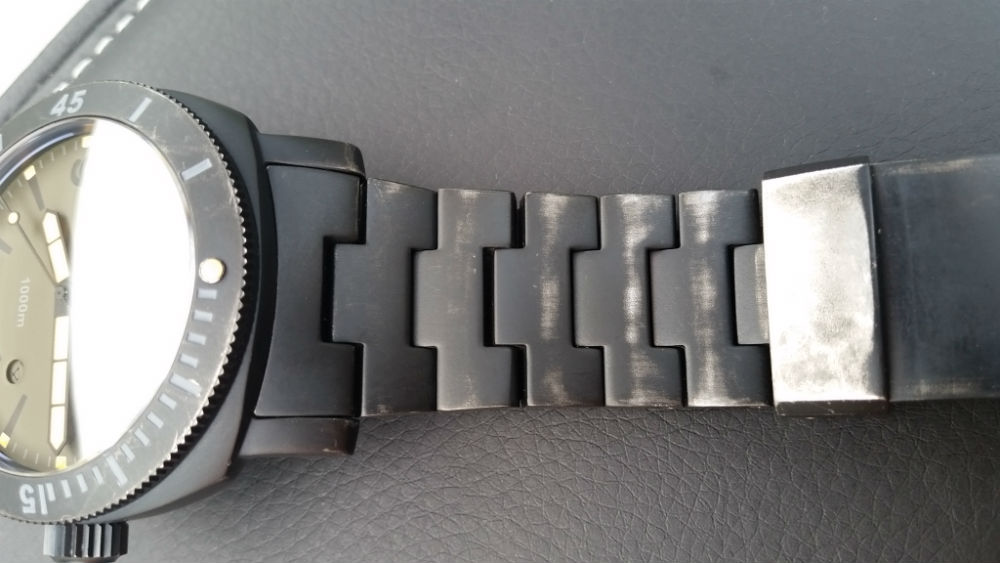
PVD plating will not fall off piece by piece like water plating, but the color will fade slowly with the increase of time, we haven’t seen any serious color loss yet, it mainly depends on the maintenance degree, too much sweating and contact with chemicals will affect it, if the color of PVD fades, you need to use a chemical solution to retire the residual coating and then re-plating.
Q: Is the PVD Gold color easily fall?

Among all the plating colors, gold is the most difficult color to maintain.
Although the gold coating is a composite film layer, in order to achieve the luster of gold, the surface layer of the film is the pure gold layer, because the characteristics of gold are very soft, so the gold will be easier than another vacuum plating to scratch insert injury.
Pensamento final
Watch plating is a very obvious process to identify a good or bad watch. Low-quality watches, generally use water plating, and after a few months, watches will discoloration, which is very serious. When communicating with your watch supplier, remember to emphasize to use of PVD or IP plating!

